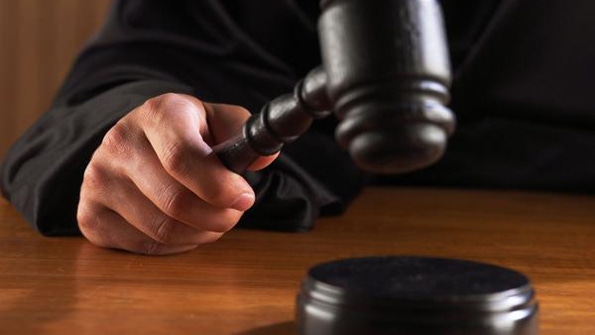
Much ink has been spilled over a June 3, 2020 opinion written by the 9th Circuit U.S. Court of Appeals vacating (ending) labels for three dicamba weed control products. The U.S. EPA has since offered more clarity on how farmers and retailers should handle product application in the middle of spraying season (here).
But how did that original court opinion happen? The opinion was written by Judge William A. Fletcher even though Michael D. Hawkins and Margaret McKeown were on the three-judge panel with him. Judge Fletcher and his colleagues “vacated” EPA’s October 31, 2018 registration decision.
Judge Fletcher has an extensive (?) agriculture background, having received his undergraduate degree from Harvard in 1968, a Rhodes Scholar in 1970, and a law degree from Yale Law School in 1975. Judge Fletcher also teaches Federal Courts Law at the Berkeley School of Law.
Judge Fletcher was nominated twice by former President Bill Clinton, his Rhodes Scholar buddy while they were classmates at Oxford. Judge Fletcher has ruled that an animal does not constitute an “individual.”
Judge Fletcher earlier this year wrote a decision that Arizona’s policy of not counting ballots voted in the wrong precinct is unconstitutional.
He also had ruled in February 2020 that President Trump could not force illegal immigrant asylum seekers to wait in Mexico while waiting for a hearing.
The U.S. Supreme Court reversed Judge Fletcher’s ruling on March 11, which allowed President Trump’s “Remain-In-Mexico” policy.
In violation of FIFRA
This is the judge who agrees with the National Family Farm Coalition, Center for Food Safety, Center for Biological Diversity, and the Pesticide Action Network North America that EPA’s decision on dicamba violates the federal government’s Federal Insecticide Fungicide Rodenticide Act (FIFRA).
FIFRA only provides two requirements for amending an existing registration for dicamba products to be used on dicamba tolerant soybeans and cotton. Fletcher and his colleagues had to “…determine that (i) the applicant has submitted “satisfactory data” and (ii) the amendment will not significantly increase the risk of any unreasonable adverse effect on the environment.”
Judge Fletcher, with his substantial agriculture background, determined that “…EPA substantially understated risks that it acknowledged and failed entirely to acknowledge other risks.” Judge Fletcher wrote “…the EPA refused to estimate the amount of dicamba damage, characterizing such damage as ‘potential’ and ‘alleged’, when record evidence showed that dicamba had caused substantial and undisputed damage.” Judge Fletcher was also concerned that “…EPA entirely failed to acknowledge the substantial risk that the registrations would have ant-competitive economic effects in the soybean and cotton industries.”
It appears Judge Fletcher and his colleagues were most concerned “…that EPA entirely failed to acknowledge the risk that OTT [over the top] dicamba use would tear the social fabric of farming communities.”
The Court was also concerned that dicamba is extremely toxic to broadleaf plants, bushes, fruiting vegetables, fruit trees, grapes, peas, potatoes, flowers, and can kill large trees including oaks, elms, and maples.
What farmers know
Farmers are aware that dicamba droplets can drift during and even after spraying. The dicamba vapor can move off-field when the cicamba vapor volatilizes. Dicamba is a product which is used very carefully because farmers know it will volatilize on hot days and can drift.
EPA, being aware of these risks of using dicamba, issued a very strict label in 2016 which restricted the substance from being applied when the wind speeds were above 15 mph, there was a temperature inversion, or if rain was expected in the next 24 hours. A buffer of at least 110 feet was required and the sprayer boom could not be more than 24 inches above the crop.
The Court relied on 1,287 complaints in 2017 and 1,064 complaints in 2018 regarding crop damage resulting from over the top spraying of dicamba.
Even in Illinois in 2017 there were 245 complaints and in 2018 there were 330 complaints about the use of dicamba.
Conditional registration
EPA in authorizing its two-year conditional registration imposed two very important restrictions. One restriction allowed application “…only one hour after sunrise and two hours before sunset.” Consequently, EPA demonstrated its sensitivity to the risk imposed by applying dicamba.
EPA and USDA have dozens of experts knowledgeable about agriculture and the use of pesticides on crops. Judge Fletcher and his two colleagues obviously are much smarter than the experts at EPA and USDA on this vital tool needed by soybean and cotton growers.
Where is Chevron deference?
The opinions of the author are not necessarily those of Farm Futures or Farm Progress.
About the Author(s)
You May Also Like




